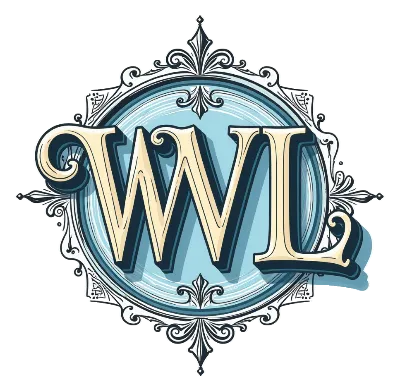Read with Me
Genesis 4:25-5:5 (HCSB)
Adam was intimate with his wife again, and she gave birth to a son and named him Seth, for she said, “God has given me another child in place of Abel, since Cain killed him.” A son was born to Seth also, and he named him Enosh. At that time people began to call on the name of Yahweh.
These are the family records of the descendants of Adam. On the day that God created man, He made him in the likeness of God; He created them male and female. When they were created, He blessed them and called them man.
Adam was 130 years old when he fathered a son in his likeness, according to his image, and named him Seth. Adam lived 800 years after the birth of Seth, and he fathered other sons and daughters. So Adam’s life lasted 930 years; then he died.
Listen with Me
After following the line of Cain down to Lamech and his sons, Moses returns to Adam and Eve in the wake of Abel’s death. The next child to be born was named Seth (Hebrew “Shet”), which sounds like the Hebrew word meaning “granted”, because they saw him as a gift from God to comfort them after the loss of Abel. Moses then briefly looks ahead to Seth’s son Enosh and remarks that in those days the Lord was called on (the Hebrew is passive). In other words, the worship of God began to take on a more formal format.
Moses then traces another line of Adam’s descendants, the line that came through Seth. This genealogy is significantly different than that given for Cain’s descendants. It includes the age of each father when the next son in the lineage was born, how many years he lived after the birth of that son, his total years, a statement that he had other sons and daughters, and the phrase “then he died”.
Moses begins clear back at the original creation of Adam and Eve, reminding us that they were created in the likeness of God, and created male and female, collectively named “Adam”, or what we would call today “humankind” or “human beings”.
Two issues need to be noted at this point. The first is that the line of Adam is traced from Seth down to Noah. As in any genealogy, the sons listed in this pedigree list are not necessarily the oldest son, but the son through whom the lineage proceeds down to Noah. This is signaled at the beginning by the fact that Seth is not the eldest son of Adam. He had had many children, both sons and daughters, during the preceding 130 years.
The second issue is the extreme ages listed for each person. Some have taken these long ages as a mark of mythology. But Adam and Eve were created as perfect specimens of humanity, with bodies that were designed to live forever. It was only after sin entered the world through them that they became mortal. Living conditions in the beginning were conducive to health and long life, with few harmful germs and a very temperate climate. So, it is no surprise that extreme longevity was the norm.
After the flood, when living conditions were much harsher, the life spans noted in the genealogies (Genesis 11:10-32) decreased rapidly along a mathematical curve until the days of Abraham when life spans were generally between 100 and 200 years.
Seth was born 130 years after Adam was created. Adam then lived for another 800 years, a total of 930 years, continuing to father more sons and daughters. Then at the end comes the chorus that tolls like a funeral bell in each generation (except one): then he died.
Pray with Me
Father, it seems that the only reason we have for doubting the long ages listed in this genealogical record is our own limited life spans. But the record of Scripture as well as the archeological findings of what our distant ancestors accomplished, clearly shows that in many ways we are less than them, diminished from the apex of humanity represented by Adam and those first generations. Of course, that goes against the idea that our first ancestors were little more than apelike animals. In the end, we have to choose whether we will believe Your inspired word or the constantly shifting narrative crafted by fallible human beings like me. I choose to believe You. Thank You, Lord, for providing us with a trustworthy record of our history, and for all the lessons for us that are contained in it. Amen.
